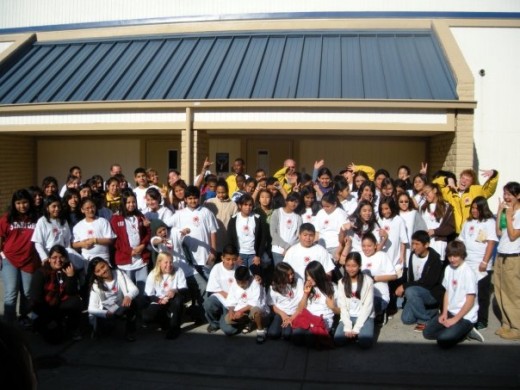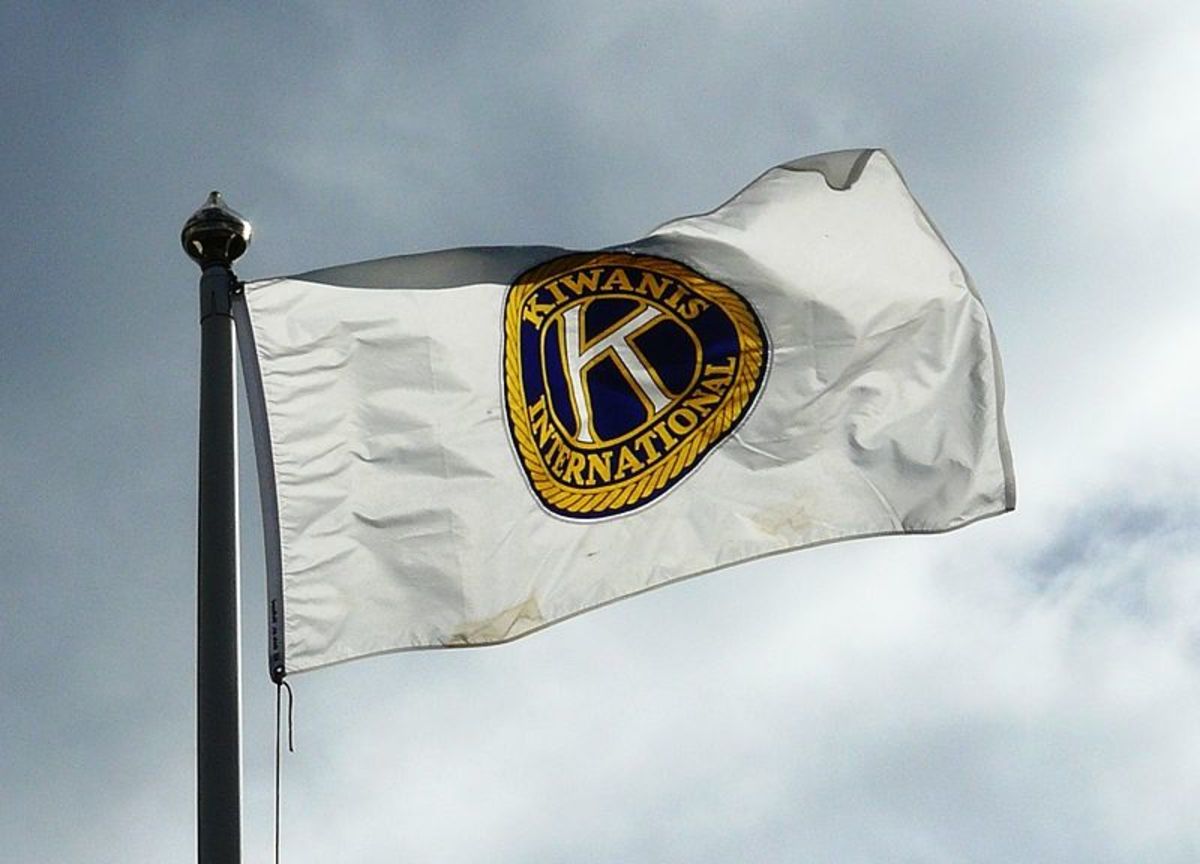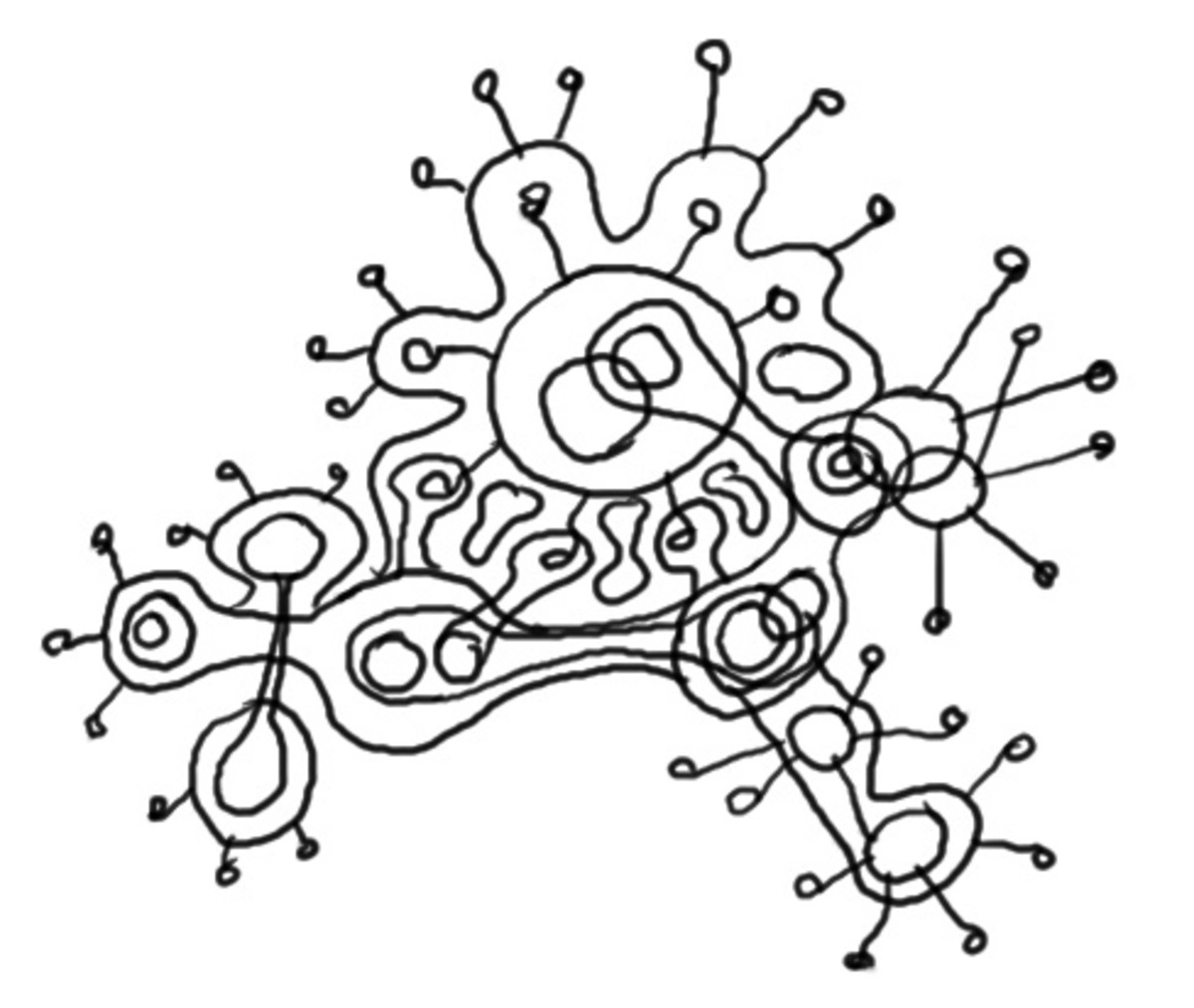City Year as a Psychic Prison

What is a psychic prison?
According to Gareth Morgan, author of Images of Organization, "organizations are ultimately created and sustained by conscious and unconscious processes, with the notion that people actually become imprisoned in or confined by the images, ideas, thoughts, and actions to which these processes give rise. The metaphor encourages us to understand that while organizations may be socially constructed realities, these constructions are often attributed an existence and power of their own that allow them to exercise a measure of control over their creators" (p. 207).
City Year
City Year is an international non-profit organization comprised of people 17 to 24 years of age from different backgrounds who are determined to make a difference in the lives of children. Corps members commit to 10 months of service as tutors and role models to at-risk youth in order to help them stay in school. In addition to addressing the educational needs of students, corps members also organize service projects for the community. In their service, they develop life and leadership skills that they will use in their future endeavors.
I. Favored Ways of Thinking
While new corps members are selected each year, the management at each City Year site sees low turnover. This supports an established way of thinking that is similar to groupthink. The organization is managed under the established principles and beliefs espoused by the leadership, and while they encourage feedback from the new corps members, the leadership ultimately has the power to quash any ideas or movements that do not align with their values.
In general, community service is looked upon favorably by society. Because the corps members are primarily exposed to positive feedback from the community for the projects they organize, they may not recognize areas of inefficiency or ineffectiveness. For instance, at the close of a neighborhood tree planting, the corps members will feel good about their work in the community because they are encouraged by staff and by society to believe that their service will make a difference. A community will rarely question the details of a service project when it is being conducted for free. Societal support and positive reinforcement may impede the organization’s ability to judge whether or not the project was completed skillfully, using only the necessary supplies to preserve resources, or whether the project was the best use of the organization’s resources. Did the neighborhood need those trees to be planted? Would a different project have a greater impact on the community?
II. The Unconscious
While City Year generally operates with a realistic view of its role within the environment, it occasionally falls into some of the psychological defenses identified by Freud. For instance, the organization practices fixation in its strict, constant adherence to its policies and principles. Many are useful, encouraging members to serve as positive role models in the community; corps members are forbidden from cursing, jaywalking, and spitting on the sidewalk while in uniform. The uniform itself was viewed as a symbol of the unity between corps members, and if any piece of the uniform was out of place or missing (pants, shirt, boots, belt, nametag), the corps member would receive a warning.
In a combination of reaction formation and idealization, City Year takes negative or discouraging experiences and uses them to inspire its service and motivate the members. For instance, on the opening day of their youth weekend program, a group of nervous corps members were involved in a car crash where there were no injuries but the car was totaled. The corps members were rattled and contemplated canceling the opening day, but soon after decided to proceed with the events and were even more energized to meet with the students. City Year encourages a focus on the best in every situation, and the organization has a collection of more than 150 inspirational phrases that is entitled “Putting Idealism to Work,” whereas PITW #1 states, “Challenge cynicism – wherever you find it,” and PITW # 109 says, “Take what’s best – and leave the rest.”
In a world of abundant social problems and limited resources, non-profit organizations often find that they must fight to survive in a community. What are generally considered to be traditional male values – including dominance and aggression – are promoted as City Year’s leaders delve into the community to network and convince funders that they need grants and donations more than other organizations. Corps members must display strength and fortitude in addressing societal issues, and also demonstrate fatherly qualities in serving as mentors for youth. Corps members may even possess what Morgan referred to as “narcissistic self-admiration” in their pride for the service that they provide to those less fortunate than they may be.
City Year, like many non-profit organizations, is comprised of members who may be driven by a fear of death and determined to overcome it by creating a legacy through service; if their sacrifices and contributions to society are great enough, they will not be forgotten when they are gone. Also, many corps members have overcome difficult backgrounds and circumstances and chose to serve through their desire to give back to the community. Their service through City Year may represent their attempt to control their lives and play an active role in the world.
Corps members may also demonstrate fight-flight in establishing an organizational scapegoat to help them cope with challenging situations. For instance, they might focus on a difficult teacher or parent in order to release frustration with their service or the organization.
Excessive anxiety can be a downfall for organizations, as it can consume the organization and cause it to lose sight of its ultimate goals. For instance, groups of corps members would rotate responsibility for planning a service project around a certain theme (i.e. environment, drug and alcohol abuse). They would have to meet a deadline and secure the necessary in-kind donations for the project. In response to growing apprehension that the deadline would not be met and donations would not be acquired, the group members would plan a service project that would not meet their initial goals, instead using readily available resources to execute the project. The adjustment altered the meaning of the project to the community.
Another example involves the Heroes programs, which served middle- and high-school youth through extracurricular weekend mentoring programs. In response to pressure from funders, the programs were eliminated in 2009 with the goal of allowing more focus on school-based programming. However, this created a gap in service for the older age groups, as no other organizations provided services similar to the Heroes programs in the SouthBay. Youth and parents were alarmed and had to seek alternative opportunities.
When President Obama was elected in 2008, City Year as an organization breathed a sigh of relief, as he demonstrated strong support for AmeriCorps programs and encouraged the passage of the Serve America Act. City Year must be careful not to fall victim to dependency or pairing by instilling too much blind faith in their new leader, however, because President Obama does not hold absolute power over the nation and cannot solely solve the organization’s problems. While the President has proposed increased funding for AmeriCorps in his Fiscal Year 2012 Budget Request to Congress, the House of Representatives passed H.R. 1, a bill that eliminates funding for the Corporation for National and Community Service and all its service programs.
For City Year, its office building was similar to a transitional object. The original office was located at San Pedro and Santa Clara and had been vandalized and covered with graffiti from time to time, each time perceived by corps members as a threat to their presence. The inside was plain and somewhat dirty, and many of the offices were dark without windows. Once the office location moved to another building near St. James Park, the spirit of service changed, for the building was newer, more open and welcoming, and allowed the corps members to better perform their service. Graffiti decreased in this more visible location.
To enhance the level and quality of service provided by the corps members (and also to contribute to their personal development), City Year’s staff would encourage the interaction of corps members of various personality types (ST, IT, SF, and IF) with different ways of perceiving and judging their environment. An ST corps member might be more inclined to discipline a student who violated a school or program rule, but working with SF or IT corps members might help open his or her eyes to special circumstances surrounding the situation that could demonstrate how a different reaction might be more suitable.
Additional Resources
- Organizations as Psychic Prisons
- The Eight Metaphors of Organization
Gareth Morgans Images of Organization is a must-read for those who want to develop a deeper understanding of a lot of the stuff I talk about here. Though Ive cited the book lots of times, it is one of those - City Year
City Year unites young people of all backgrounds for a year of full-time service, giving them the skills and opportunities to change the world. As tutors, mentors, and role models, these leaders make a difference in the lives of children, and transf








